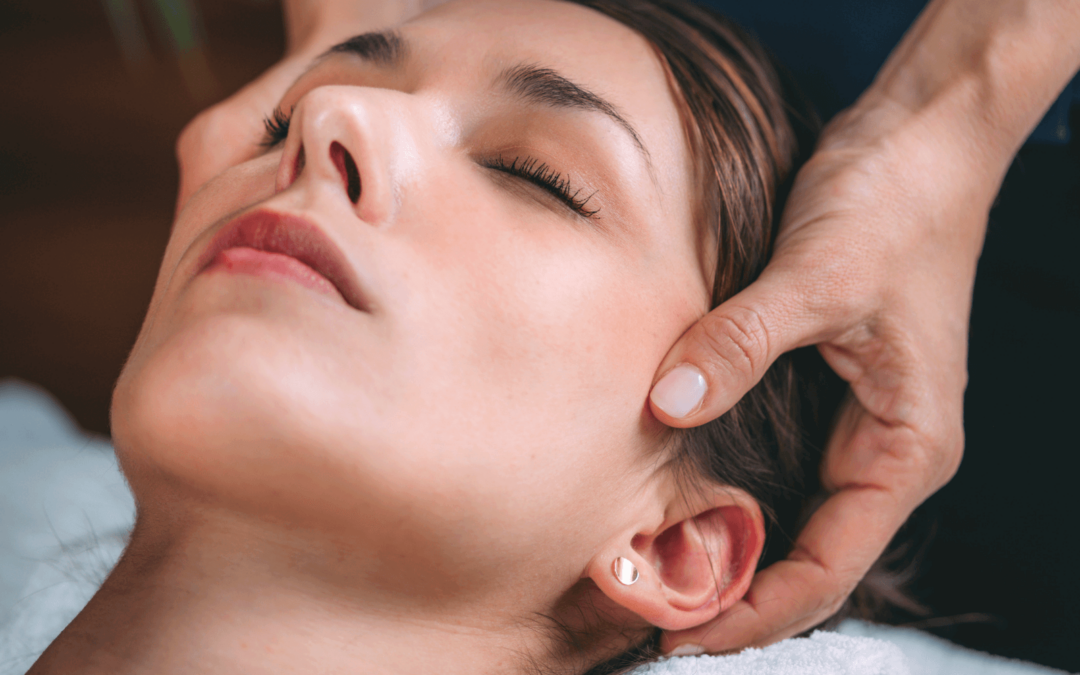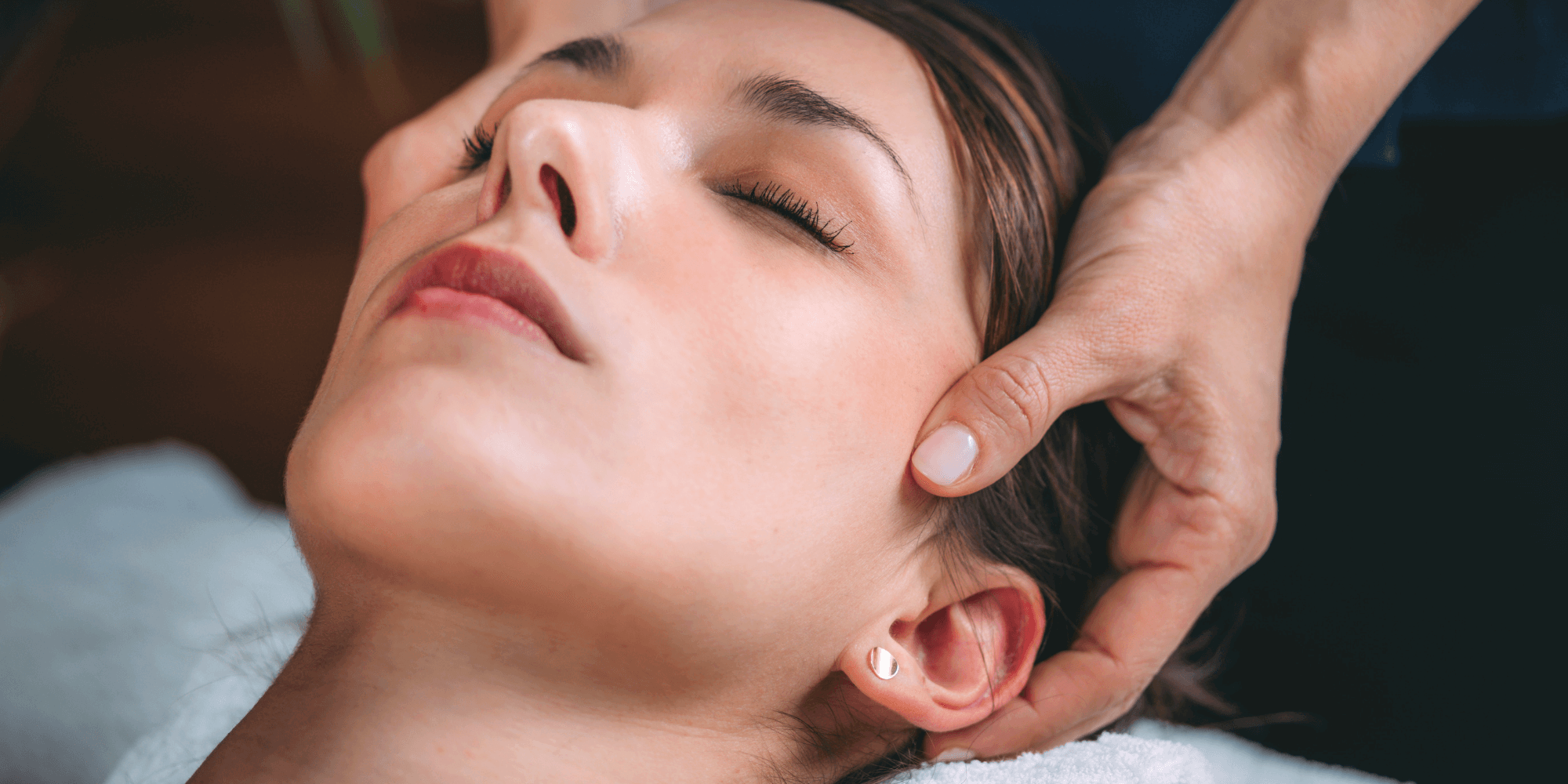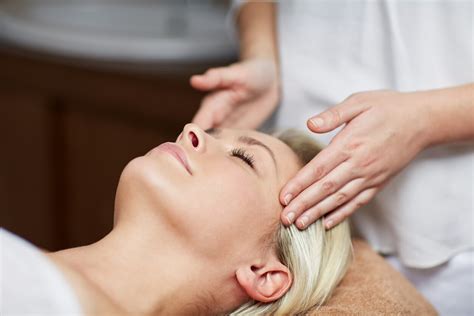What Should I Expect in a Craniosacral Therapy Session?
Craniosacral Therapy in Columbus, Ohio
If you’re curious about craniosacral therapy in Columbus, Ohio, you have come to the right place. Many people are looking for natural and organic ways to feel better in their bodies—and craniosacral therapy (CST) offers a deeply relaxing and effective option. Some of the things that you can expect to have in a professional space:
A Neutral and Compassionate Space
This creates a safe therapeutic relationship with your Craniosacral Therapist—one that is compassionate, neutral, and professional.
Especially when fear is being held or recycled in the body, having a calm and peaceful therapeutic space and presence can help the nervous system settle. This sense of safety supports the mind in letting go and allows the body to begin healing more deeply.
A Gentle Yet Deep Experience
Craniosacral therapy uses very light touch to release tension in the nervous system. The body responds well because the approach is so gentle—it doesn’t resist the change, it welcomes it. This allows the healing to ripple through all systems in the body: muscular, skeletal, digestive, and emotional.
Many clients report feeling calm, centered, and more connected after just one session.
What Happens in a Session?
Sessions are typically 60–90 minutes, depending on the therapist. You’ll lie fully clothed on a comfortable treatment table. The practitioner uses gentle hand placements to encourage the release of restrictions and integration in the tissues, and to hold a space for embodied healing.
Because the body holds cellular memory, it’s not uncommon for emotions, images, or old thoughts to arise during or after a session. This is part of the body’s natural healing process. You can check into Somatoemotional Release to find out more.
Choosing the Right Craniosacral Therapist Matters
Not all craniosacral therapy is the same. Every practitioner brings a different level of training, experience, and personal approach to the table. Some may weave craniosacral work into other bodywork modalities, while others have made it the core of their practice through years of advanced study.
Before booking a session, take time to learn about a therapist’s background. Ask about their certifications, where they trained, and how long they’ve been practicing. For example, practitioners certified through the Upledger Institute have completed extensive hands-on education rooted in the foundational principles of this gentle, powerful work.
Because this is such subtle and deeply transformative therapy, finding the right match can make all the difference. Sometimes that means traveling a bit farther to work with someone whose approach truly resonates with your needs.
Your healing journey is personal—choose a therapist who brings presence, skill, and heart to the table.
Feel Better in Your Body
Clients often seek craniosacral therapy for chronic pain, stress, trauma, or simply a desire to feel more at ease. Over time, CST helps you feel more grounded, resilient, and balanced.
Looking for Craniosacral Therapy in Columbus, Ohio?
Reach out to a certified practitioner in your area to experience the value of feeling better in your body—gently and naturally.
If you are local to Columbus, Ohio, call:
Sharon Hartnett CST-D
614 653-8111
FAQ








